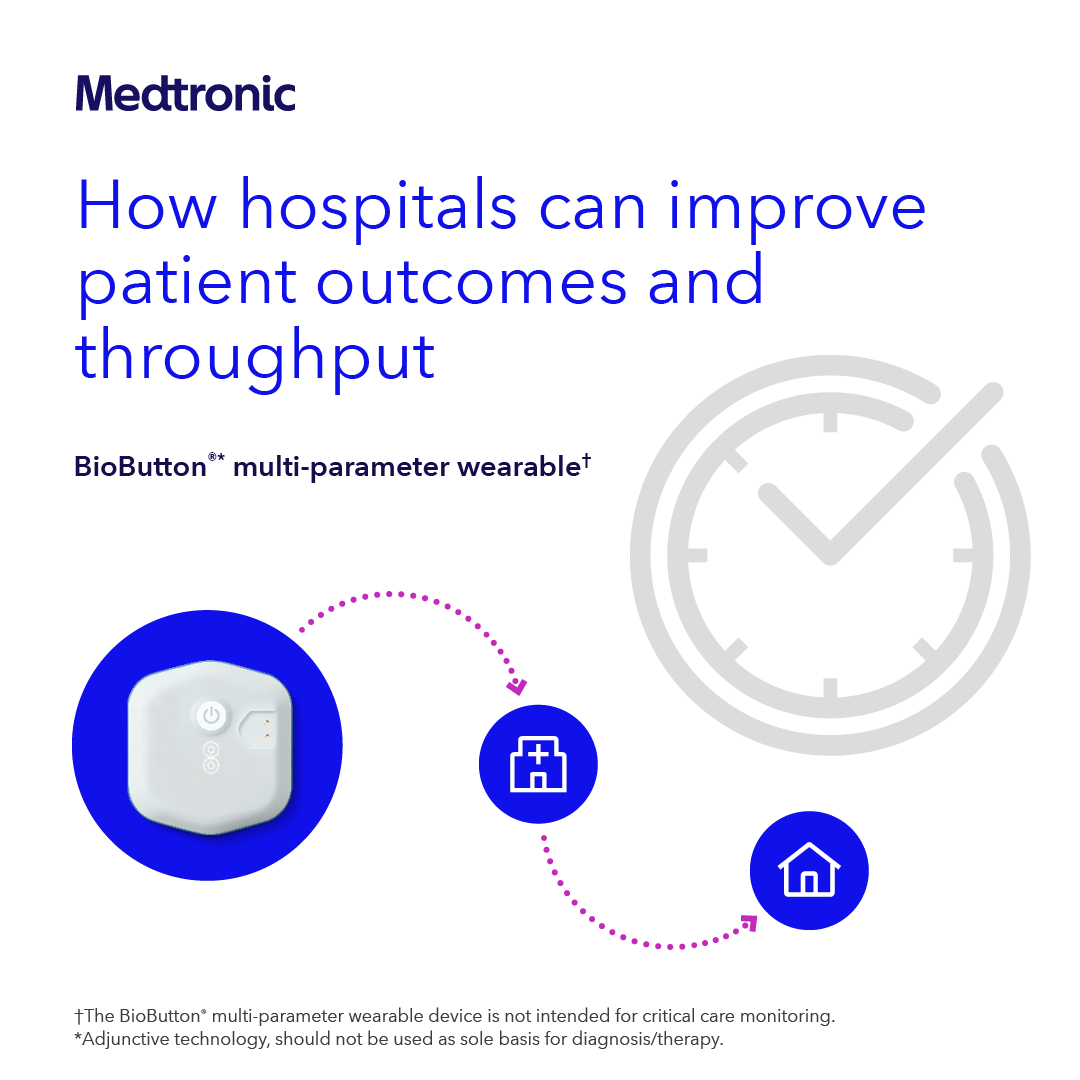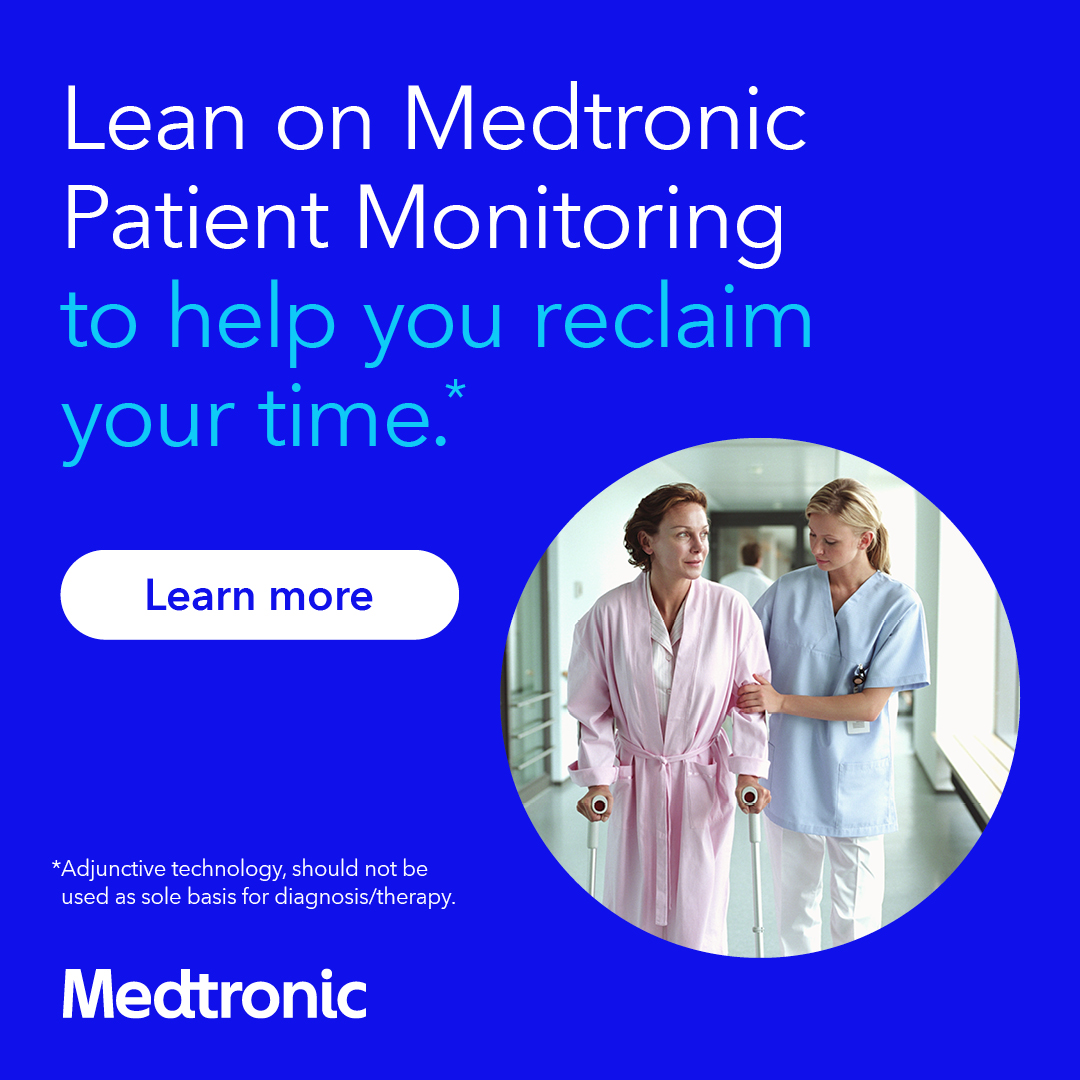Practice Environment Advocacy

AMSN Position Statement:
PRACTICE ENVIRONMENT ADVOCACY
IT IS THE POSITION OF AMSN THAT:
- All nurses have a right to work in a healthy practice environment.
- Bullying and lateral violence have serious negative consequences for nurses, their patients, and healthcare employers. These behaviors are unacceptable and should not be tolerated in medical-surgical nursing or in any area where nursing is practiced.
- Health care organizations must adopt and support fully zero tolerance policies for any type of abuse in the practice environment.
- The health care employer must ensure availability of appropriate personal protective equipment (PPE) for employee use as stipulated by the Centers for Disease Control and Prevention (CDC) and the Occupational Safety and Health Administration (OSHA). Education for employees regarding organism transmission and appropriate PPE use must be ongoing.
- The health care employer should provide protective systems to reduce the risk of injury during administration of intravenous therapy and parenteral medications. OSHA-approved sharps disposal methods must be readily available and appropriately dispersed to prevent injuries.
- The health care employer should provide safe devices to facilitate patient lifting, as well as a sufficient number of trained personnel to move patients safely.
- Overtime should be offered on a voluntary basis and after all other attempts to provide adequate staffing have failed. The medical-surgical nurse should not be required to work beyond his/her physical and mental capacities.
- Health care facilities should have a system in place to assess patient care needs and assign staff without the use of mandatory overtime.
- The medical-surgical nurse has a responsibility to report unsafe staffing conditions, unsafe working conditions or workplace violence and must be able to do so without fear of reprisal.
OVERVIEW:
AMSN created this practice environment advocacy position statement to respond to a need indicated in its member survey. It is the desire of AMSN to empower nurses to transform their workplaces - an intrinsic responsibility for nurses that will help them to cope with practice environment stress (AMSN, n.d.).
The creation of a healthy practice environment is imperative for patient safety, staff retention, staff morale and worker safety. Threats to workplace safety include physical violence, infectious disease, potential exposure to chemical and radiological agents, patient handling hazards and sharps injuries. Mandatory overtime and inadequate staffing increase the likelihood of errors and injuries and may be considered contributors to workplace hazards.
Lateral violence and bullying are toxic not only to the nursing profession but also to the institution in which they occur. D'Ambra and Andrews (2014) discuss workplace incivility and highlight that current literature calls these issues 'low-intensity', however the effects can be devastating to the emotional wellbeing of the victim.
Injuries and musculoskeletal disorders are common in nurses and are often caused by lifting and moving patients. These injuries are often life altering and can be career ending. Becky, Marietta, and Deborah (2010) highlight the fact that 12% of nurses leave the professional permanently each year due to back injury, while an alarming 52% complain of chronic back problems.
RATIONALE:
Practice environment advocacy encompasses activities aimed at improving the physical and emotional environment in the workplace. AMSN supports advocacy and all efforts to develop and maintain a safe practice environment for the medical-surgical nurse and other health care personnel. AMSN endorses the eight attributes of a healthy practice environment identified by Kramer and Schmalenberg and the six standards for establishing and sustaining healthy work environments set by the American Association of Critical Care Nurses (American Association of Critical Care Nurses, 2016).
Kramer and Schmalenberg identified eight attributes that are essential for a healthy nursing work environment in hospitals and necessary for the provision of high quality healthcare (Kramer & Schmalenberg, 2004). These attributes were used to develop the AACN standards.
The AACN set six Standards for Establishing and Sustaining Healthy Work Environments. These are skilled communication, true collaboration, effective decision-making, appropriate staffing, meaningful recognition and authentic leadership (American Association of Critical Care Nurses, 2016). Definitions of each essential standard are included below:
- Skilled communication: Nurses must be as proficient in communication skills as they are in clinical skills.
- True collaboration: Nurses must be relentless in pursuing and fostering true collaboration
- Effective decision-making: Nurses must be valued and committed partners in making policy, directing and evaluating clinical care, and leading organizational operations.
- Appropriate staffing: Staffing must ensure the effective match between patient needs and nurse competencies.
- Meaningful recognition: Nurses must be recognized and must recognize others for the value each brings to the work of the organization.
- Authentic leadership: Nurse leaders must fully embrace the imperative of a healthy practice environment, authentically live it, and engage others in its achievement.
DEFINITIONS:
Bullying is abusive, intimidating, malicious or insulting behavior, or abuse of power conducted by an individual or group against others, which makes the recipient feel upset, threatened, humiliated or vulnerable, undermines self-confidence and may cause on-going stress. Bogossian, Winters-Chang, and Tuckett (2014) determined through qualitative analysis that nurses who engage in bullying are often also victims of this type of abuse.
Lateral violence in nursing is nurse-to-nurse aggression that may be manifested verbally or non-verbally. Examples include verbal affront, undermining activities, withholding information, sabotage, infighting, scapegoating, and backstabbing. Lateral violence may also be called horizontal violence or horizontal hostility. This type of violence refers to acts between colleagues at the same level of authority within the workplace (Dudley, 2015).
Mandatory overtime occurs when employers require an employee to work more than 40 hours per week, even if the employee does not want to work the additional hours.
Personal protective equipment includes devices and clothing designed to be worn for the protection or safety of an individual working in potentially hazardous areas or performing potentially hazardous tasks.
Sharps injury (needle stick injury) is an injury from a needle or any other sharp device that has been contaminated with blood or other body fluid and penetrates the skin.
REFERENCES
- Academy of Medical-Surgical Nurses. (n.d.) Healthy Workplace Advocacy Guide, Retrieved from https://www.amsn.org/practice/healthy-practice-environment
- American Association of Critical Care Nurses (2016). AACN Standards for establishing and sustaining healthy work environments: A journey to excellence: 2nd Edition. Retrieved from https://www.aacn.org/~/media/aacn-website/nursing-excellence/healthy-wo…
- Becky, H., Marietta, B., & Deborah, D. (2010). Saving costs, saving health care providers' backs, and creating a safe patient environment. Nursing Economic$, 28(2), 130-134.
- Bogossian, F., Winters-Chang, P., & Tuckett, A. (2014). 'The pure hard slog that nursing is . . .': A qualitative analysis of nursing work. Journal of Nursing Scholarship, 46(5), 377-388. doi:10.1111/jnu.12090
- D'ambra, A. M., & Andrews, D. R. (2014). Incivility, retention and new graduate nurses: An integrated review of the literature. Journal of Nursing Management, 22(6), 735-742. doi:10.1111/jonm.12060
- Dudley, D. B. (2015). Lateral violence and bullying in nursing. MedSurg Matters!, 24(4), 16.
- Kramer, M., & Schmalenberg, C. (2004). Essentials of a magnetic work environment, part 1. Nursing, 34(6), 50-54.
- U. S. Department of Labor, Occupational Safety and Health Administration (2011). OSHA Fact sheet: Personal protective equipment reduces exposure to bloodborne pathogens. Retrieved from http://www.osha.gov/OshDoc/data_BloodborneFacts/bbfact03.pdf
Updated April 2020



